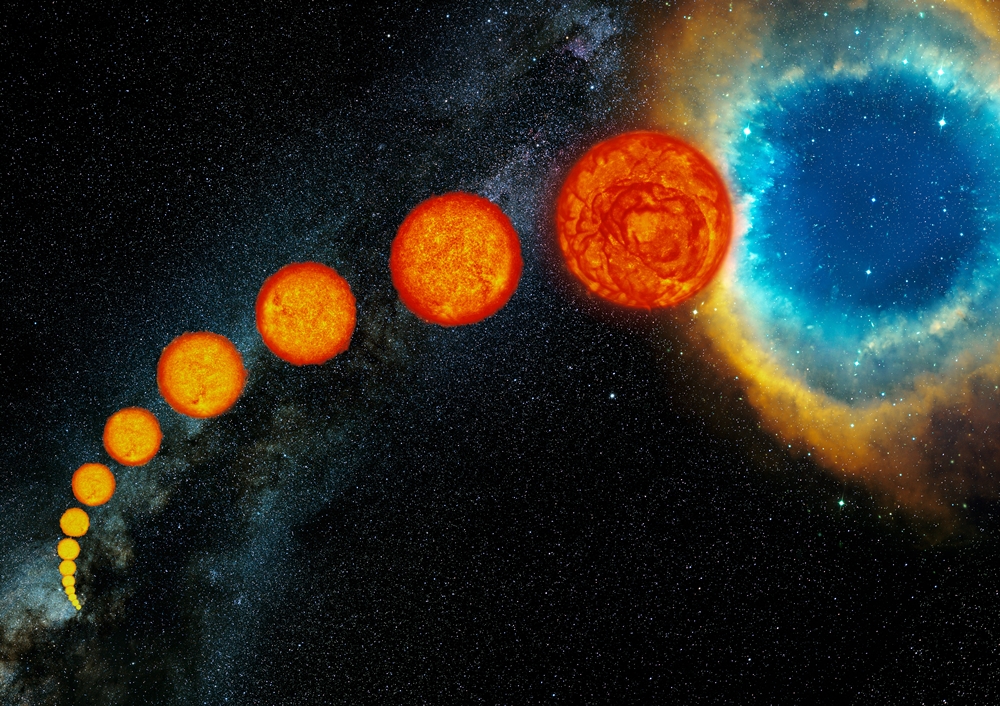Resolving power (or resolution) of an optical telescope is the ability to see small details in the image. It is an angular distance between two stars that are barely visible as two separate images – it is usually expressed in units of arc-seconds.
If the resolution of a telescope is higher than the separation of two stars, then the stars can be resolved as two separate sources of light. The resolution of the telescope depends on the aperture diameter and wavelength of the light. Important factors are also the magnitude and color of the observed stars.
To measure the limit of resolution, Rayleigh and Dawes limit are the most commonly used criteria.
For a better understanding of angular resolution, the term Airy disk must be explained.
Airy disk
When light passes through a circular opening (aperture), it forms a spot of bright light surrounded by a series of concentric rings of decreasing intensity around it. The Airy disk appears as a bright central disk and a portion of the first diffraction interspace. The size of the Airy disk depends on the aperture diameter – as it increases, the size of the Airy disk increases.

Rayleigh limit
Rayleigh limit is as measure defining the limit at which two stars can be seen as two separate components and is equal to angular resolution.
It describes the distance between the center of two Airy disks where the second star is placed on the valley between the first star’s central disk and the first diffraction ring.
Angular radius of the Airy disk is equivalent to Rayleigh limit:

- The human eye is the most sensitive to yellow light. Therefore, the value of 550 nano-meters is used.
- D-Aparture diameter
To get the Rayleigh resolution in terms of arc-seconds, the equation for angular distance needs to be converted:

Dawes limit
Unlike Rayleigh’s limit, the Dawes limit is not a measure dependent on the wave nature of light. It was empirically determined by visual observations of varied double stars.
It is defined by the equation:

Both limits apply only to stars of the same visual magnitude and spectral type. They both allow the user to see a notch between two stars – not a completely black space.
There is a difference between both limits: Dawes limit states the user can see closer double stars than Rayleigh limit would imply.



